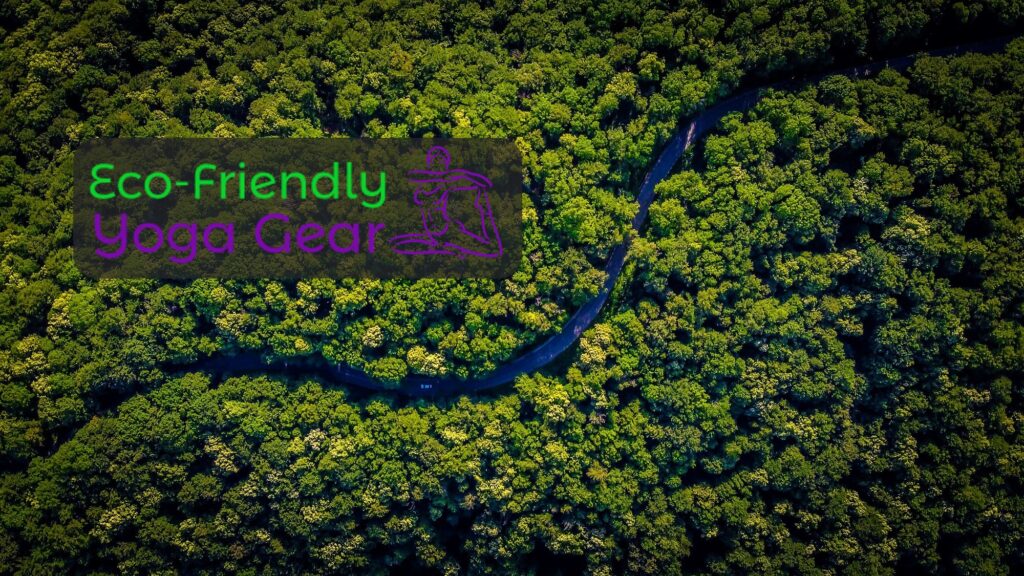

The ethical mindset
Human evolution has its pros and cons. Whilst we continue to invent a whole range of high tech products to satisfy every human need, we haven’t always thought of their potential impacts on our environment.
As consumers, we are eventually learning to assess products based on their environmental or societal impacts as part of our decision-making process. We are becoming more aware of how ethically some products are manufactured, or by whom, and increasingly (and hopefully) find ourselves in a position where we can avoid purchasing products made by children or adults who work in dangerous and harsh conditions in a bid to discourage those markets. We are also aware that so much of the non-biodegradable everyday plastic products we have been discarding have ended up in the oceans and forests seriously damaging fragile eco systems in those environments. We have seen how sea life is being cruelly extinguished by microplastics. Finally, we have started to think ethically and choose carefully.
Eco-yoga
Unfortunately, in the yoga market, the bulk of products is still made of virgin plastic. But some yogis have made it their lives’ passion to change the situation around by going into production themselves. Others have started sourcing sustainable products from ethically-minded and fairtrade producers around the world. In my research for Eco-Friendly Yoga Gear, I have been truly impressed by these enterprising yogis and am proud to be working with them as an affiliate.
With that in mind, let’s deep dive into sustainable materials used in the making of eco-friendly yoga products. In this blog, I cover cork, jute, and bamboo.
Cork
Cork is the outer bark of the Cork Oak Tree which grows in the Mediterranean region. Approximately 6.6 million acres of cork forest extend in this part of the world supporting one of the world’s highest levels of forest biodiversity, second only to the Amazonian Rainforest.
Cork trees are the only ones in the world that regenerate stripped bark. They store carbon in order to do this; in fact, a harvested cork oak tree absorbs up to five times more carbon dioxide than one that isn’t harvested. Interestingly, harvested trees can live up to 300 years. No bark is wasted during the cork production process, and the residue is granulated to make other cork products and even cork dust is used for fuel. Harvesting cork is performed completely by hand and provides over 100,000 fair wage jobs. Cork yoga products are sustainable and endure incredibly well.
Bamboo
Bamboo is most commonly found in tropical, sub-tropical, or temperate zones. It grows rapidly and naturally without any pesticides, herbicides or fertilisers. It takes just three to five years to go from seed to harvest and because the root network is so big, there is no need to replant – it just shoots right back up again.
The extensive root system of bamboo holds soil together, prevents soil erosion and retains water in the watershed – improving soil quality. Bamboo trees absorb about 5 times the amount of carbon dioxide and produces about 35% more oxygen than an equivalent stand of trees.
Bamboo fabrics can be manufactured and produced without any chemical additives. These fabrics are naturally antibacterial, insulating, soft, hypoallergenic and 100% biodegradable.
Jute
Jute is a fibrous tall plant that grows in tropical areas. Like bamboo, it needs little to no intervention to grow and replenish; it relies on natural rainfall and does not need chemical fertilizers or pesticides. Its strong fibres make it durable and resilient to wear and tear. Because jute reaches maturation fast, between four to six months, less land is needed to cultivate it, making it efficient and renewable. In fact, jute increases soil fertility for future crops whether it is more jute or another crop. As a fibre, jute is biodegradable (one to two years) and compostable. It is also known for absorbing carbon dioxide and releasing oxygen at a rate several times higher than most trees.
Hope you enjoyed the deep dive into the sustainable natural materials used in the making of yoga products. In a future blog, I will cover organic cotton, recycled plastics and hemp. Stay tuned!
Meantime, please comment below or send questions via the contact page. It would also be great to connect with you on Facebook.
Sossi

